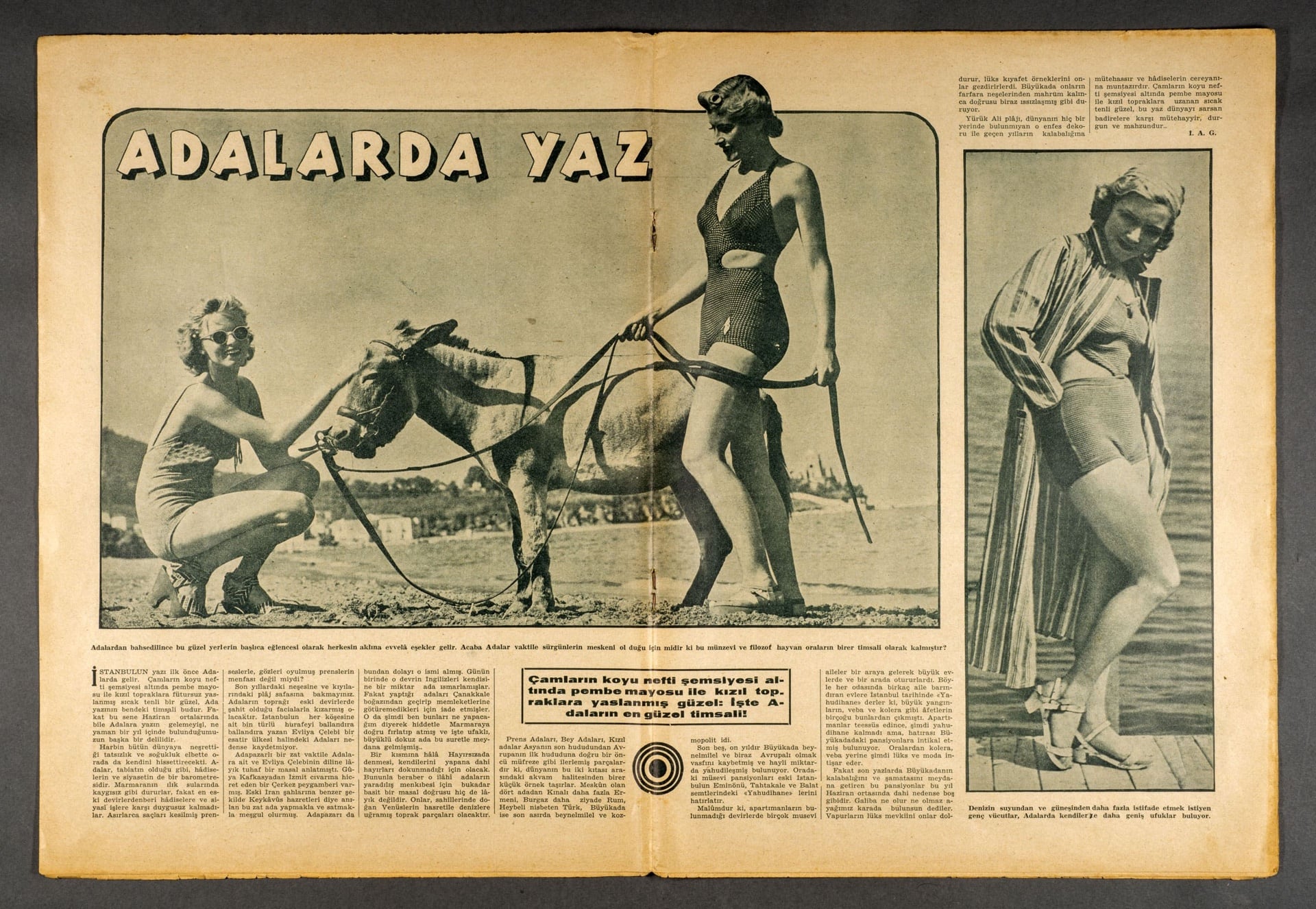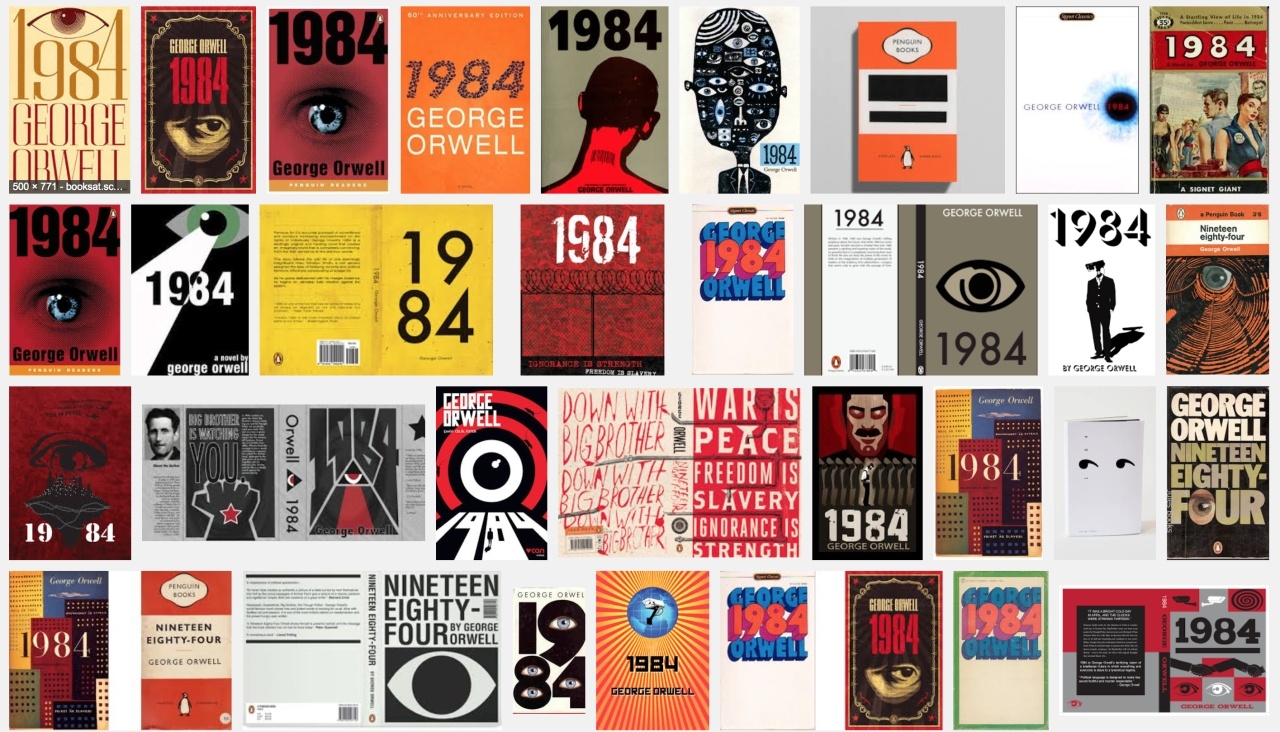After visiting PƎRⱯ Reverse, the participants rethink the collective urban memory, which is characterized by textures, images and the different associations that all these create in everyone's mind. Participants are first invited to walk around the museum, paying attention to elements of memory that might otherwise be overlooked. After photographing architectural details and textures that reflect the identity, language and colors of the region, the participants return to the workshop area and make a texture collage on a pre-prepared plan map.
Instructor: Arek Qaddra, Beste Kopuz
Capacity: 10 people
Duration: 180 minutes
Fee per workshop: 300 TL
The event will take place at the Pera Museum (face-to-face).
For more information: ogrenme@peramuzesi.org.tr
About Arek Qadrra
In 2015, he participated in the exhibitions “Locality and Global Discourse” (California Arts Academy - USA) and “Locality and Global Discourse” (Cumhuriyet Museum - Istanbul). Later, he took part in various group exhibitions in Europe, such as Mannheim’s “CAPTCHA Design Festival”. After BASE 2017, he participated in "Living Space Photography Workshop” (GAPO-SALT - Istanbul), "Country of Dreams Troia” (Çanakkale Piri Reis Museum) in 2018, “Country of Dreams Troia” (Darphane-i Amire - Istanbul), “Wall Paper Scissors” (Space Debris Art - Orjin Gallery), ”Gallery Space+D” (Digilogue), “Sonar Istanbul” (Zorlu PSM), "Finding Healing in Istanbul” (Karşı Art Works - Yaklaşım Tüneli Taksim). Starting from the concepts of universe, metaphysics and, in this context, city and life, the artist continues his contemporary artworks in a multidisciplinary style with conceptual art, media art, painting, photography and installations in Istanbul.
About Beste Kopuz
The artist, who produces in a multidisciplinary style, focuses on the city’s history, the memory of the place, and the layered network of relations established with the place by conducting archival studies. The artist believes that one of the most important features of cities is that they cannot be completely destroyed and, in any case, have traces of their pastThe artist, who believes that one of the most important features of cities is that they cannot be completely destroyed and in any case have traces of their past. In her productions, she looks for these traces in the city and questions the re-creation of the old with the new. Her studies wereas exhibited in both local and international platforms such as Mamut Art Project 2017, BASE 2017, CAPTCHA Design Festival, Mixer, Space Debris, and Şehre BAK. In November 2019, she opened her first personal exhibition titled "Kazıklıköy" at Versus Art Project. She joined the Istanbul Architecture and Urbanism Research Academy in 2020, and the Istanbul Biennial Work and Research Program in 2022. She lives in Istanbul and continues her postgraduate education at Hacettepe Fine Arts Institute painting department.

Istanbul’s Seaside Leisure: Nostalgia from Sea Baths to Beaches exhibition brought together photographs, magazines, comics, objects, and books from various private and institutional collections, and told a nostalgic story while also addressing the change and socialization of the norms of how Istanbulites used their free time. Istanbul’s Seaside Leisure was a documentary testament of the radical transformations in the Republic’s lifestyle.

Our Doublethink Double vision exhibition’s title alludes to George Orwell’s seminal work 1984 and presents a selection that includes Tracey Emin, Marcel Dzama, Anselm Kiefer, Bruce Nauman, Raymond Pettibon, and Thomas Ruff, as well as Turkish artists, tracing the steps of pluralistic thought through works of art.
Tuesday - Saturday 10:00 - 19:00
Friday 10:00 - 22:00
Sunday 12:00 - 18:00
The museum is closed on Mondays.
On Wednesdays, the students can
visit the museum free of admission.
Full ticket: 300 TL
Discounted: 150 TL
Groups: 200 TL (minimum 10 people)